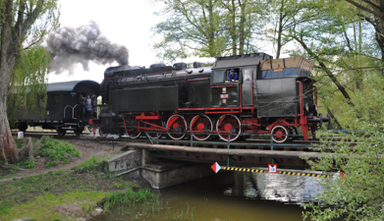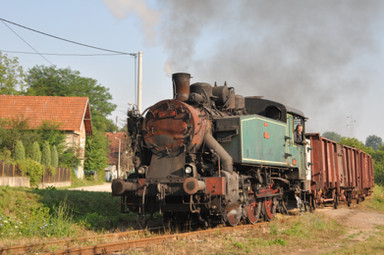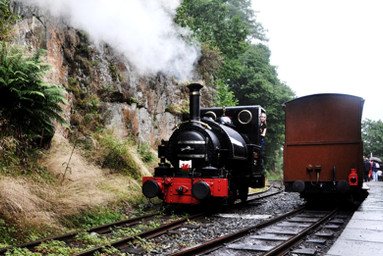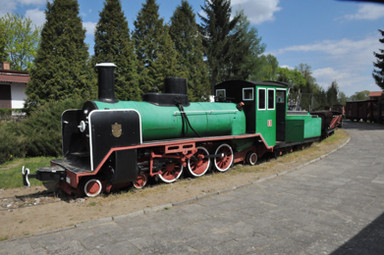HOME | DD
 bartpaaddiator — Changing direction
bartpaaddiator — Changing direction
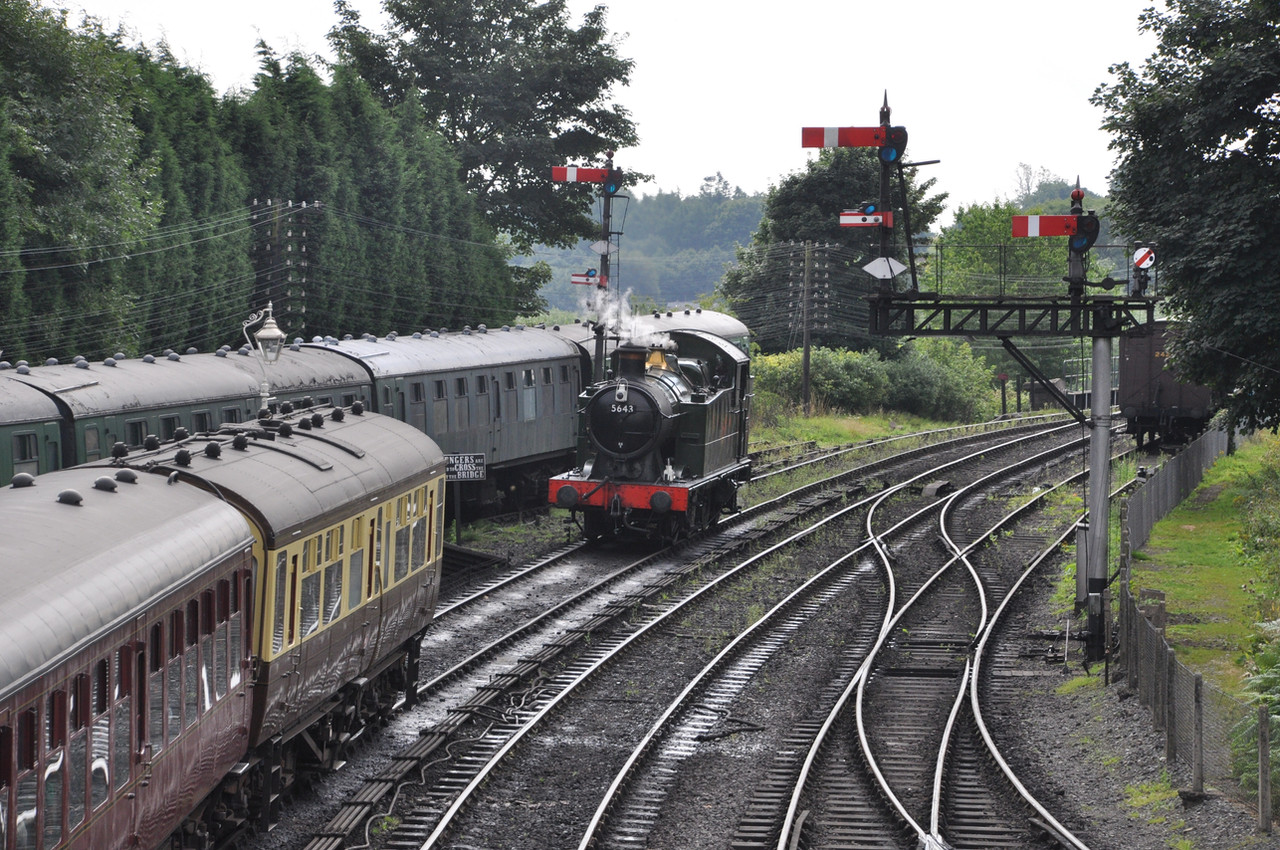
Published: 2013-08-23 15:00:00 +0000 UTC; Views: 434; Favourites: 27; Downloads: 5
Redirect to original
Description
An ex-GWR engine coming around the coaches at the Severn Valley RailwayRelated content
Comments: 7

Classic british telegraph/signaling line in the background.
👍: 0 ⏩: 1

Yes sir. The Severn Valley has a wonderfully preserved signaling system, and that includes all the mechanical and electromechanical contraptions in the signalboxes. Very interesting being able to see them.
👍: 0 ⏩: 1

I really like old telegraph lines and hardware and study their history as a hobby. By the way I was able to find several Polish XIX-th century telephone insulators (from the times when Poland was with Russia) made by Drucki-Lubecki porcelain factory in Cmielow.
👍: 0 ⏩: 1

May I ask if you are Russian? The Drucki-Lubecki insulators sound very interesting. I would love to see those, as I also have a passion for telephone equipment. I have a coffee set from that factory funnily enough.
👍: 0 ⏩: 1

Yes, that's right. In Russia and Germany (Preussia) in XIXth century there were three main sizes of pin insulators: 'large telegraph', 'small telegraph' and the smallest - 'telephone'. 'Telegraph' sizes were used on mainlines (both telephone and telegraph) while 'telephone' were used on urban telephone lines and for wall-mounted electricity wiring. I have telephone insulators. A friend of mine has several 'telegraph' ones. Interestingly enaugh, such insulators are found throughout central Russia meaning that Drucki-Lubecki factory was rather successful with electro-porcelain.
One of the insulators (left):
cs307502.vk.me/v307502763/74bc…
👍: 0 ⏩: 1

That is very interesting. I don't know much about the industry of the Russian part of Poland. I am myself from the German part, and believe it or not there is still a great cultural divide. I actually think, that telecommunications and electricity in Tsarist Russia and Eastern Poland might be an interesting topic to get oneself familiar with. I have heard that often small rural industries doubled as electric plants. I am not sure what the Tsarist electric systems (if there were any standards even?) were. I have heard stories of thin wires insulated with wax paper. Could you shine any light on those issues?
👍: 0 ⏩: 1

The history of telegraph and telephone lines seems to be kind of under-observed worldwide. I've went to great lengths to collect hitorical accounts on this topic. In fact, I've searched through antique literature stores and bought several XIX-th century era books on telegraphy myself.
Speaking of Russia, Baron Pavel Schilling was one of the first telegraph engineers and the man who proposed the idea of overhead lines in early 1830's. His ideas were met sceptically at first but Siemens supported and developed them several years later. Some early lines (constructed in 1830's and 1951) had these thin insulated wires you've mentioned. They weren't overhead lines. The mass construction of overhead lines had begun in late 1840's - early 1850's and by mid 1860's there was a rather extensive telegraph network spanning between most major cities and the trans-Siberian telegraph line was being constructed. These lines were managed mainly by Post & Telegraph Department (it had different names througout the history). There were also privately-owned lines (mostly owned by private railways). In 1860s-70s there had already been standards on some aspects of line construction such as worktime norms, clearances, shapes of poles and insulators etc. These standards were outlined and published in Telegraph Department's news bulletin (I have several issues of it from 1880's). Technically the lines were relatively like those built in Preussia but more robust to withstand harsh weather. Due to this the use of cross-arms was limited to urban telegraph and telephone lines and the mainlines only had heavy one-isulator hooks.
In 1878 the first specially dedicated engineer's guidebook on telegraph lines was published (I've managed to find it myself). It was "The reference book on construction of overhead telegraph lines" by Nikolay Pisarevskiy.
Speaking of insulators, they have been produced in Russia since early 1850's. In 1864 the first general standard on telegraph insulators wasintrodued. These insulators were of an original design incorporating Preussian double-bell (Doppelglocke) skirt and Russian 'bat-ears' head with pinholes that helped to secure the wire during line construction and in case of binding wire failure. This design persisted alongside with later ones for nearly 60 years and was later adopted by foreign factories such as German Porzellanfabrik Hermsdorf. The small insulator you've seen in my picture is of this design (not 1864 shape though - there were only large ones then). The first '1864 standard' insulators were produced by Kornilov factory in St. Petersburg and Siemens factories.
👍: 0 ⏩: 0
